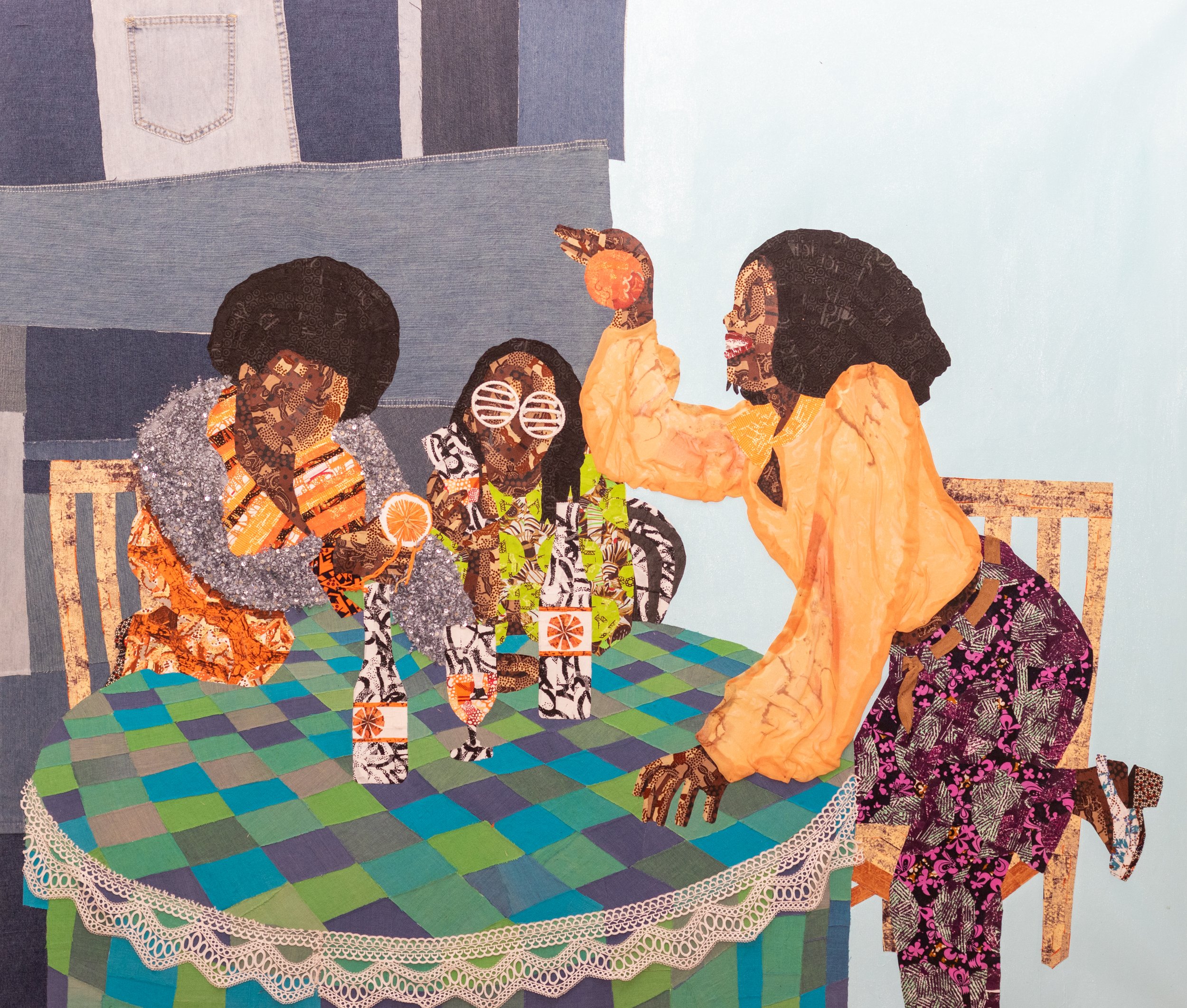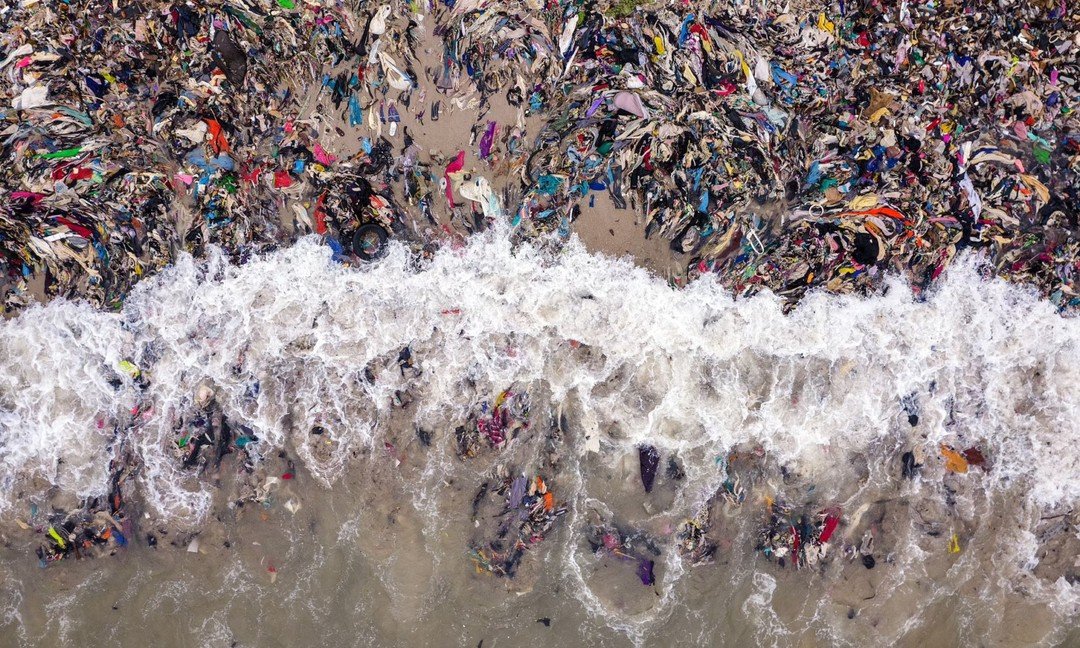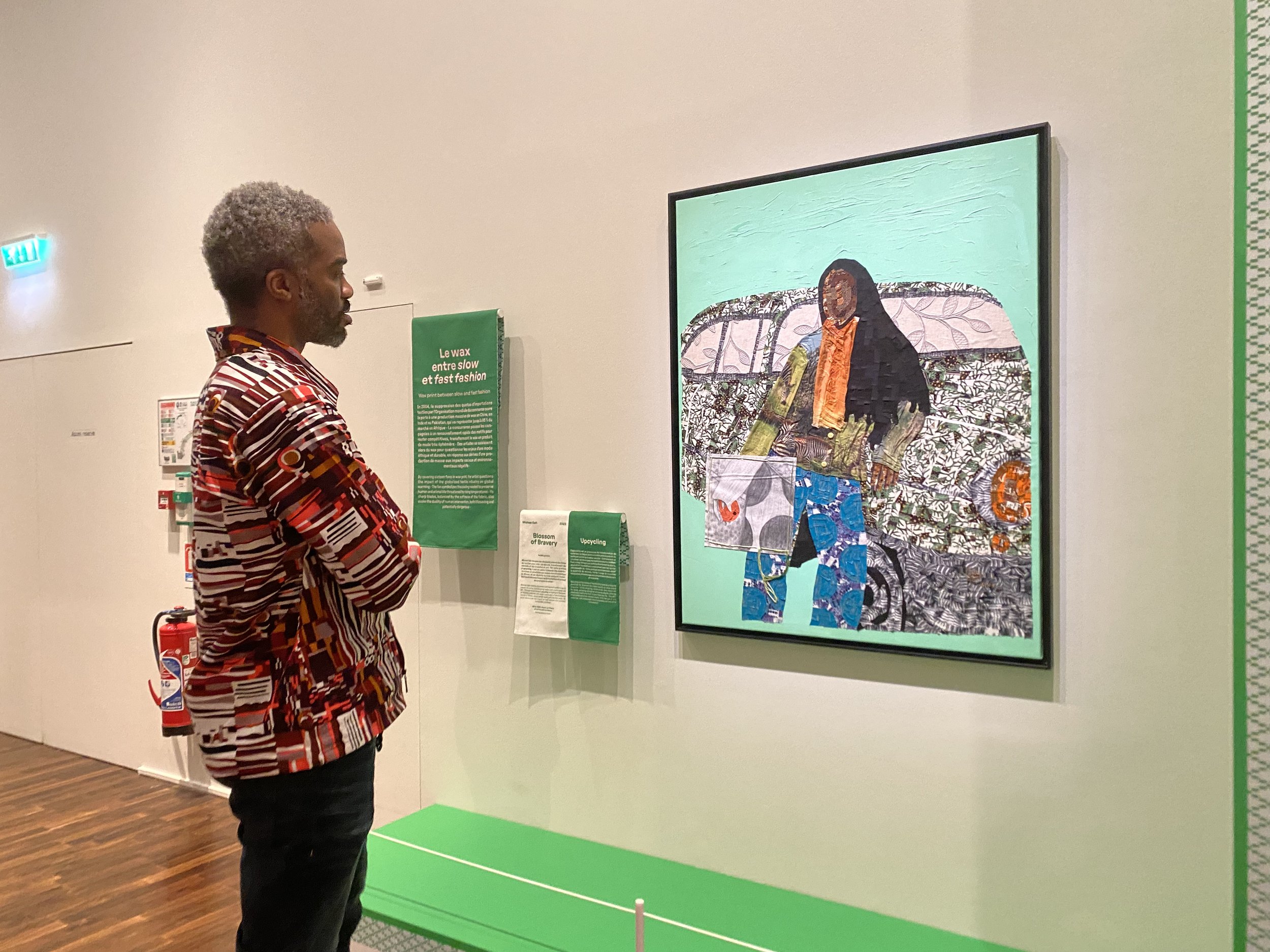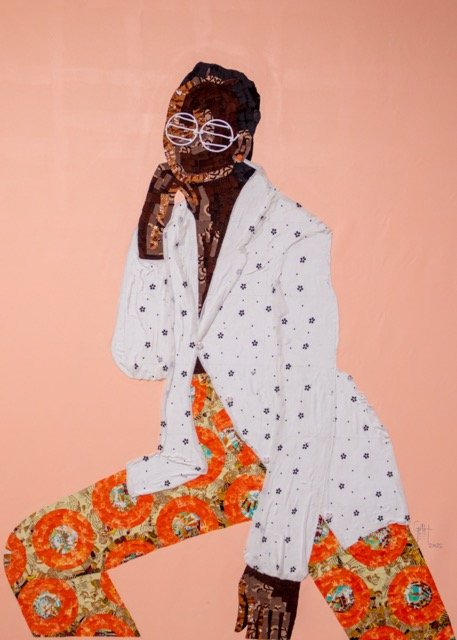
Transforming Waste Through Creativity
THREADS OF CONNECTION
Presented by Artgence Founder Marques Hardin
Transforming Waste into Opportunity
01 - Our Vision
Redefine art’s role - from sparking awareness to creating actionable change - by reinvesting art proceeds into transformative, sustainable projects that address waste, empower communities, and create lasting social and economic impact.
02 - Our Mission
Build a collaborative ecosystem where innovative art initiatives transform waste into opportunity, generate jobs, and reshape perceptions of waste through creative, community-driven solutions.
03 - The Role Of Art
Art acts as a powerful tool in raising awareness, inspiring action, and promoting sustainable practices to combat textile waste and pollution.
CHALLENGES AND SOLUTIONS
Tackling textile waste through innovative art and community-driven initiatives for a sustainable future
Our approach leverages creative solutions to reduce textile waste, fostering community engagement and social awareness.

Textile Waste:
92 million tons produced annually
Only 15% recycled
Accounts for 10% of global carbon
emissions (exceeding flights and shipping)
Plastic Pollution:
300 million tons of plastic produced
each yearJust 9% is recycled
Constitutes 80% of marine debris,
endangering over 700 species
Behavioral Gap:
50% of people are unaware of
how their consumption habits drive waste
Local Impact In Ghana:
Secondary Market Challenges:
Ghana’s secondary clothing market provides
affordable garments but generates substantial
unusable waste.
Discarded textiles and plastics often end up in landfills and wash up on beaches, degrading coastal ecosystems and affecting fisheries and tourism.
Collect Waste
Gather discarded textiles and plastics from the community.
Exhibit Art
Showcase the artwork in community and private spaces to raise awareness. Sell artworks online.
Creative Workshop
Engage local artists to transform waste into unique art pieces.
Impact Outreach
Expand the initiative, connecting more communities through art and sustainability.
Exhibitions in Paris:
4 Private Curated Exhibitions: Exhibition 22 May 2025, 10 July 2025, 14 Sept 2025, and 13 Nov 2025.
Display sustainable art in the hallways of
companies and engage international
Corporate Social Responsibility (csr) partners.
Future Initiatives:
Roadmap & Timeline
Participation in additional fairs and
events focused on waste management.
Ongoing community programs to
expand job creation and social impact.
Conference/Events:
Exhibition WME - June 10–12:
Launch event to showcase art made
from waste.
Dedicated sessions to secure corporate
partnerships with waste management-focused companies.
Digital & Community Expansion:
E-Commerce Platform & Artist Hub:
Develop a dedicated site for artists
using found materials.
Establish a business hub for artist-led
startups, offering evaluation and funding opportunities.
Building a Circular Partnership Ecosystem
Established Waste‑Management Partners
Zoomlion / Jospong – collection & logistics
Coliba – plastic buy‑back platform
Nelplast – plastic paving blocks
Trashy Bags Africa – up‑cycled accessories
The Or Foundation – textile circularity
UNIDO Circular Economy Centre
Artist‑Led Micro‑Ventures to Fill the Gaps
Textile sorting & grading hubs
Upcycling studios/limited-edition labels
Insulation panels from shredded fabrics
Smart-bin data + design services
Construction-waste furniture collectives
Goal
Plug artist-run ventures into existing supply chains, creating steady waste-linked income so artists can devote more time and resources to original artwork.
Exploring the economic and social impact of transforming waste through artistic community engagement and innovative solutions
This initiative not only reduces waste but also creates job opportunities and fosters community spirit, enhancing social cohesion and environmental awareness.

ROI from Investing in Threads of Connection
Investment Opportunity:
Access a growing market for sustainable art and materials.
Be part of a global movement that tackles waste and supports eco-conscious initiatives.
Economic Potential:
The sustainable materials market is expected to reach $150 billion by 2030.
Circular economy could generate $4.5 trillion in global benefits.
Local job creation through art initiatives and workshops.
Environmental Impact:
Reduces landfill waste by up to 30% through repurposing textiles and plastics.
Cuts methane emissions significantly, addressing climate change.
Promotes sustainable practices in art creation.
Cultural Influence:
Increases environmental awareness by 60% through interactive art exhibitions.
Drives long-term eco-conscious behavior in communities.
These benefits ultimately cycle back to the company in several ways:
Resource Efficiency: By reducing waste and lowering raw material costs, businesses can improve their bottom line and allocate resources more effectively.
Environmental Impact: A minimized environmental footprint not only enhances brand image but also attracts eco-conscious consumers, leading to increased sales and customer base expansion.
Innovation and Collaboration: Collaborative innovation results in improved sustainability solutions, which can boost productivity and open up new market opportunities.
Cost Savings: Significant savings from reduced waste and recycled materials contribute directly to the company's profitability and financial health.
Market Positioning: Establishing a reputation as a leader in sustainability gives companies a competitive advantage, potentially increasing market share and attracting new customers.
Customer Loyalty: Strong environmental commitments foster customer loyalty, which translates into repeat business and positive word-of-mouth marketing.
Regulatory Compliance: Proactively adopting sustainable practices helps companies avoid fines and aligns them with evolving regulations, ensuring smooth operations.
Employee Engagement: Higher employee satisfaction and motivation from working for a sustainable company lead to better retention rates, reducing turnover costs and maintaining a skilled workforce.

Why Brands Should Partner with Artists
ESG Impact: Artists turn waste into jobs and reuse-driven outcomes aligned with SDG 11 & 12.
Authentic Storytelling: Artist-led narratives connect emotionally and cut through greenwashing.
Regulatory Alignment: Murals, cleanups, and installations support local compliance and visibility.
Cost & Resource Efficiency: Reduces disposal and marketing spend while maximizing public impact.
Creative Innovation: Artists prototype new uses for low-value materials and sustainable products.
Employee Engagement: Creative CSR boosts morale and purpose-driven culture.
Community Trust: Art fosters genuine local engagement and shared ownership.
Brand Differentiation: Artist partnerships make ESG strategies unique and memorable.
Get Involved Immediately
Artgence is proud to partner with Fractured Atlas, a U.S.-based nonprofit that supports artists and cultural initiatives through fiscal sponsorship. This partnership allows us to accept tax-deductible donations to fund our work at the intersection of art, sustainability, and community development.
Your support directly enables:
Artist-led recycling and upcycling ventures in Ghana
Public installations and educational clean-up events
Training programs for youth and emerging creatives
Donate Today
Your contribution helps launch the first wave of artist-driven manufacturing micro-projects—turning waste into opportunity. Every donation is processed through Fractured Atlas and is fully tax-deductible in the U.S.











